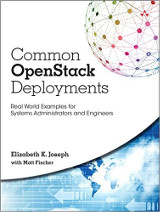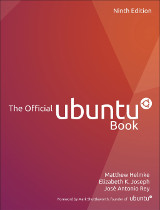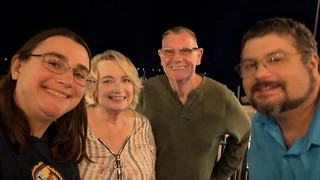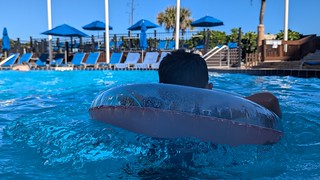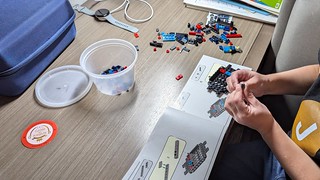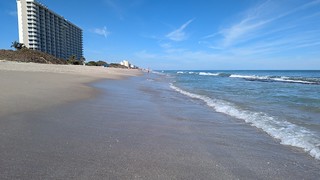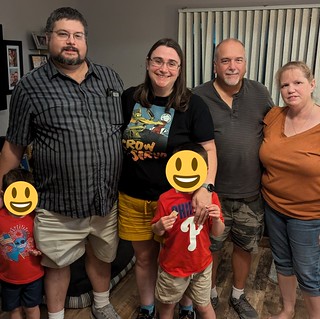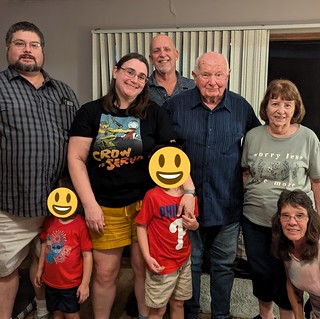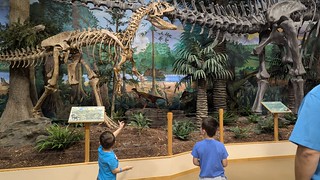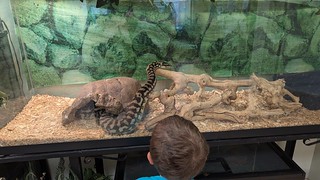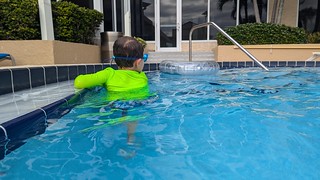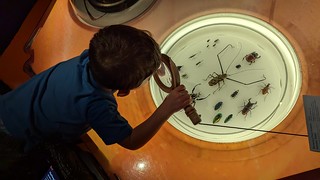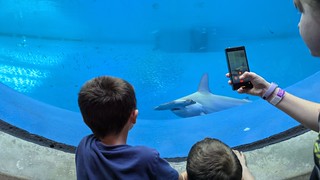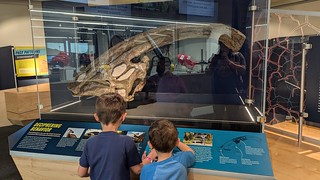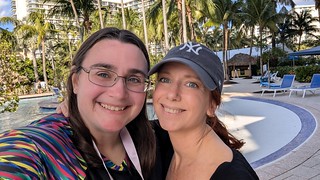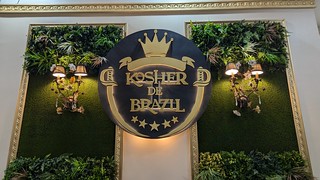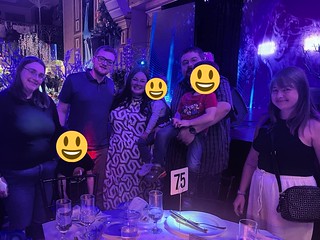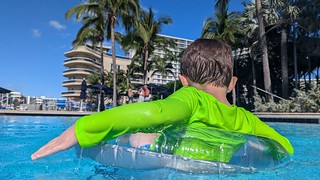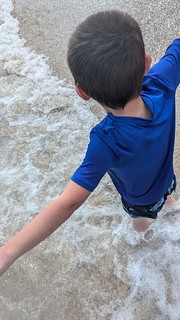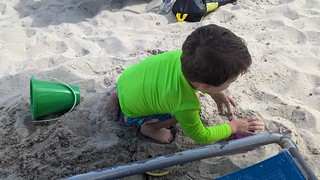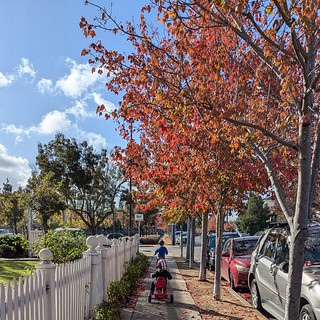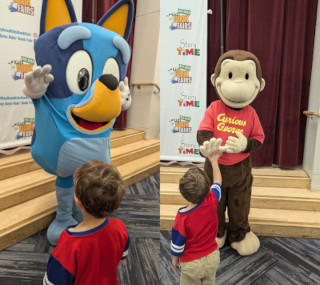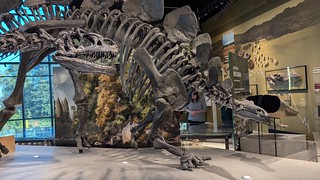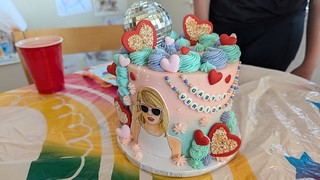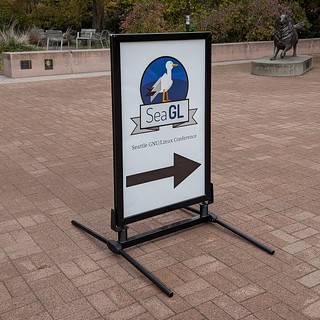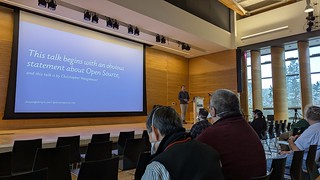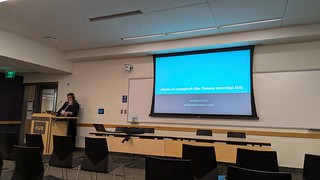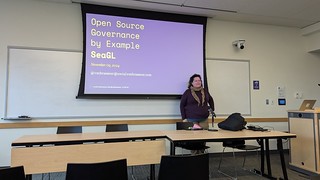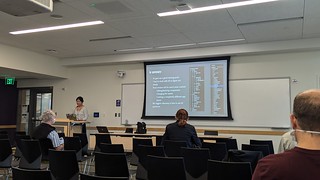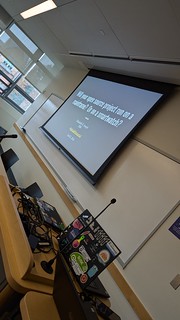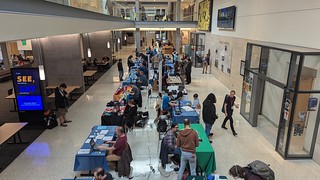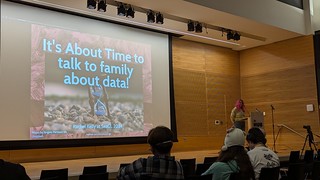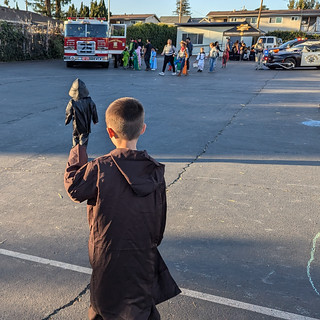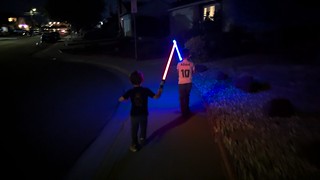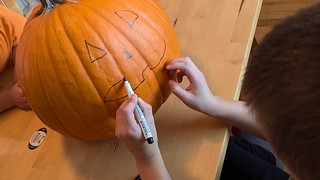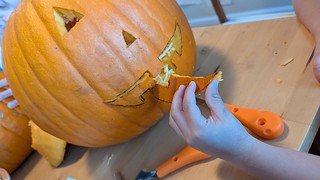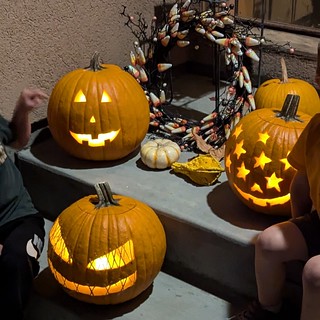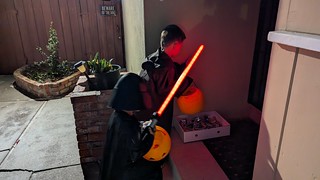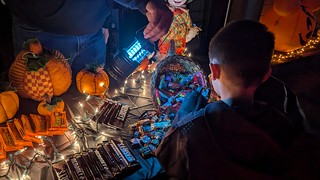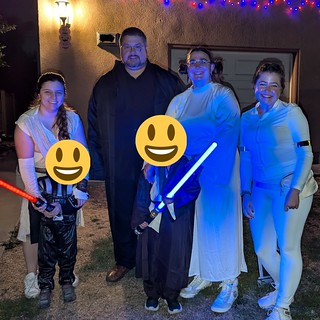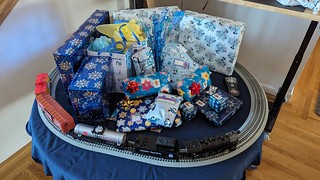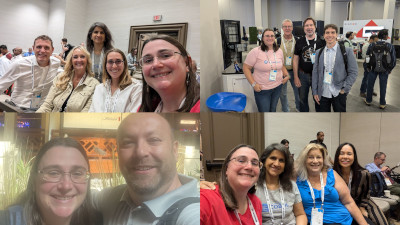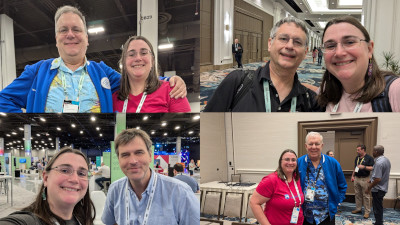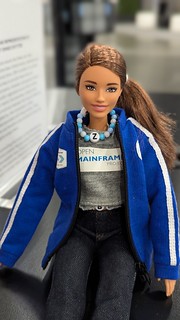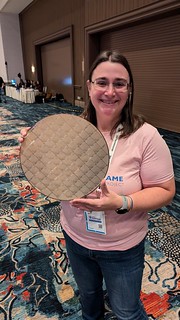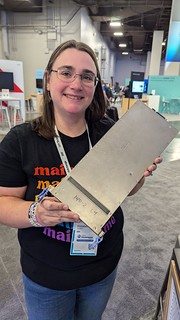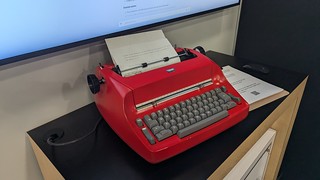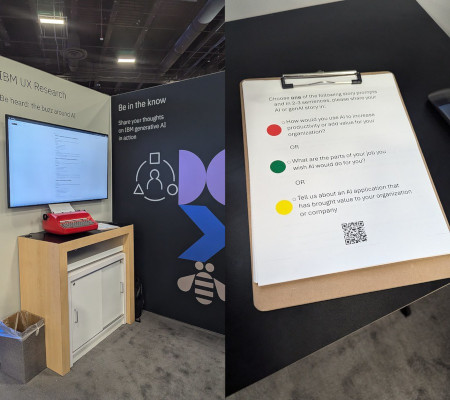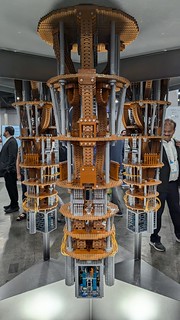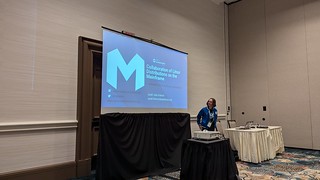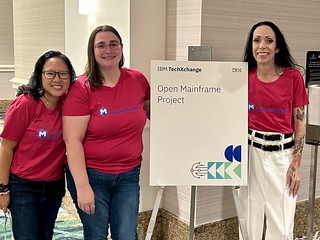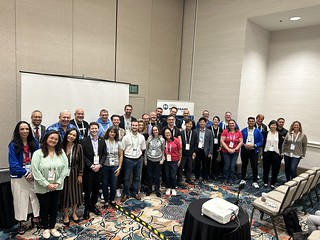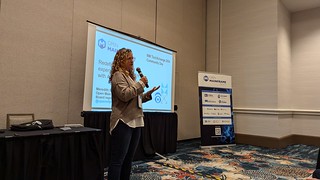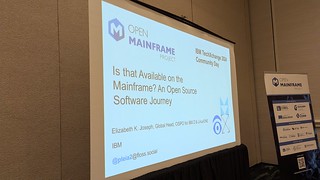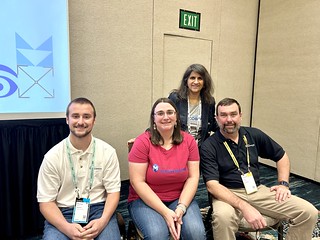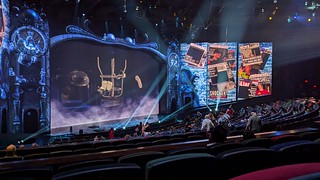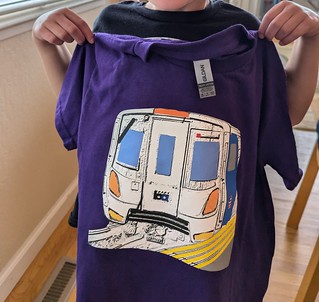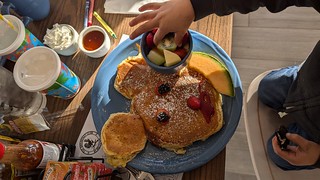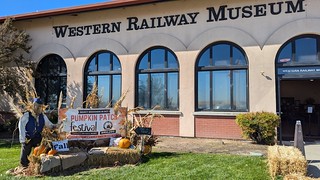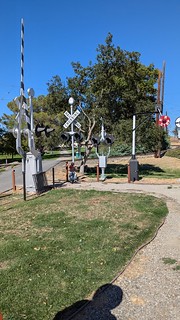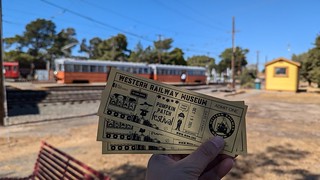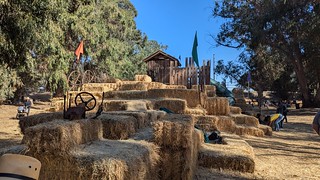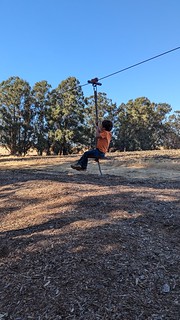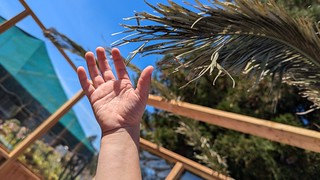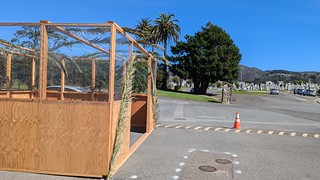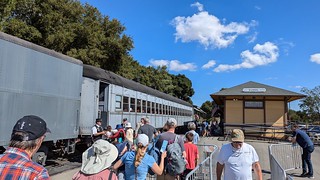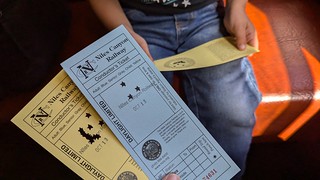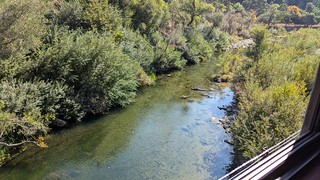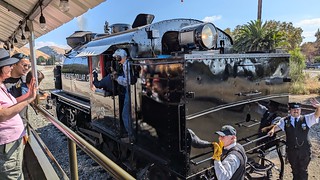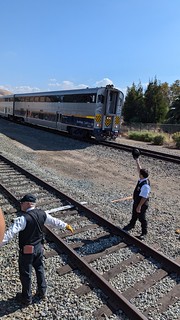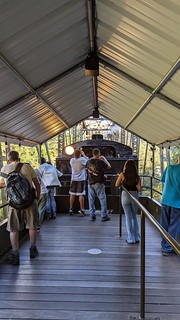We spent the first half of our Florida trip in the south, and on Tuesday we drove almost 3 hours north to visit my family in Melbourne. On the drive up I received a call from my Aunt Mary Ellen who we had planned on spending Thanksgiving dinner with, only to learn she had contracted COVID-19. Oh no! Thankfully, a quick readjustment of plans was already in the works.
As far as the drive up goes, we learned over the summer that the boys do not enjoy long car rides, so three hours would be quite the challenge for all of us. We made plans ahead of time to stop halfway through for lunch, so at least then the drive would be split into two roughly 90 minute chunks. We ended up at Suzy Q’s Hometown Diner in Jupiter, Florida. It was perfect, we all found food that we enjoyed. In the car I sat in the back with the boys so I could help keep them entertained, and we played with a trouble-making puppet dinosaur, got out some Colorforms, and scoured the road for colorful cars and interesting landmarks. We arrived at our hotel in Melbourne the late afternoon and quickly discovered that the air conditioning in one of the rooms wasn’t working, and maintenance had to come by while we were at dinner.
For dinner we met with my Aunt Pam and her new husband Gil at Marker 99. It was a pleasure to catch up, and I was so excited for them to meet the boys, even if they checked out fairly early in the dinner to play on their phones. It was nighttime, but we did also enjoy the views over the intracoastal. After dinner, Adam and I went down to the end of a pier at the restaurant and looked at stars.
The next day we planned on spending the afternoon with my Uncle Don and Aunt Tanya, but we quickly discovered that the air conditioning problems hadn’t been resolved and we had to change rooms. Following this, the boys were feeling a bit on edge and we figured it might be better to just have a pure vacation day at the hotel. But we had to eat too! We had a fantastic breakfast at The Blueberry Muffin just down A1A from our hotel. I went with the blueberry pancakes, but we all found food to enjoy, and we also picked up a pumpkin pie to bring to Thanksgiving dinner the next day. After breakfast, it was down to the pool!
This chill day meant we had a fair amount of time in our room, which we filled with drawing and some Colorform games (mostly sorry and Snakes & Ladders), as well as working with Adam on a Lego Mustang that we had picked up at Walmart precisely for this reason. There was a fair amount of TV too, and while watching some around 5PM little Aaron fell asleep in a chair while eating an apple. The day off was the right move.
On Thanksgiving we began our day at the beach where Aaron build more sand castles and found a crab. Adam and I braved the surf again and had a bunch of fun in the water. We then rinsed off and made our way over to the pool for a little while before going back to our room to get showered and changed for Thanksgiving dinner.
Thanksgiving was held at my Uncle Frank and Aunt Amy’s house, with my Grandpa and his wife Jo, and my Uncle Don and Aunt Tanya also joining in the festivities. It was absolutely perfect, even if the boys were a little energetic. The food was great, and so was the conversation. We were also incredibly grateful that they were willing to host us on such short notice. It was great to catch up with everyone and have them meet the boys, especially having them visit with their great grandfather. Amy even gave the boys a tour of the back yard.
Friday was our last full day in Florida, and the weather was a little gloomy. We began the day by visiting a couple local parks to see if we could spot some manatees, which we didn’t succeed at, but we did see some birds, lizards, and rabbits! We then stopped for lunch and that’s when it started pouring out. While eating, we decided that the poor weather meant that we should take my Aunt Amy’s advice and drive up to The Dinosaur Store for the perfect afternoon visiting dinosaurs at their exhibits!
I think all kids like dinosaurs, but Aaron loves dinosaurs. Going to an exhibit with fossils alongside full size colorful recreations and scenes was an absolute delight. He ran around excitedly pointing at things and rushing between each next great exhibit. We got the tickets for the “Adventure Zone” which was an unlimited arcade area, which the boys enjoyed and I guess it was a nice spot for them to enjoy while I scoured the amazing store they had there (I picked up a moon rock and some fossil earrings), but it was a little underwhelming. There were also some live animals in the zone, which is where we finally saw an alligator! And several beautiful snakes. Still, the upstairs rooms with the museum really were the draw for us.
Our flight on Saturday out of Orlando was quite late, so we got up and went straight to the pool for a final dip.
MJ grabbed some lunch at a pizzeria across from the hotel, and then it was all the packing and packing while the boys ate lunch and watched TV in the room. We got to the Orlando airport suitably early to clear security, ride the air train, watch the air train a bunch, and spend a little time in a lounge getting some snacks. It was nice to not be rushing, and our flight home was uneventful.
It was a great trip, I’m so glad we went. It also made us feel a lot more secure in doing other trips with the boys. We definitely learned that having a small stash of toys/activities for the hotel room during gap time and healthy snacks was key, and to just expect sleep problems (even my own) and cope with it accordingly.
